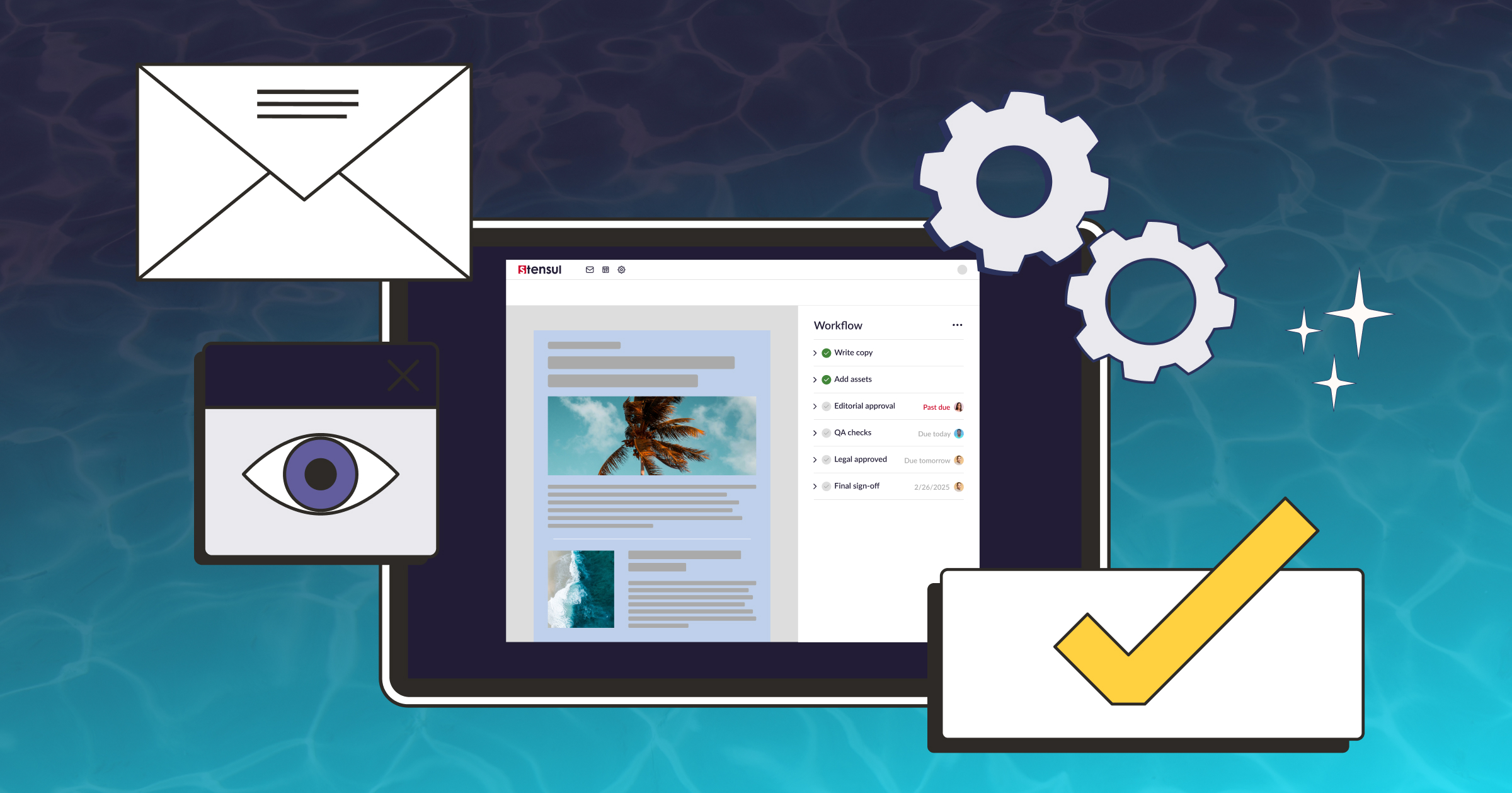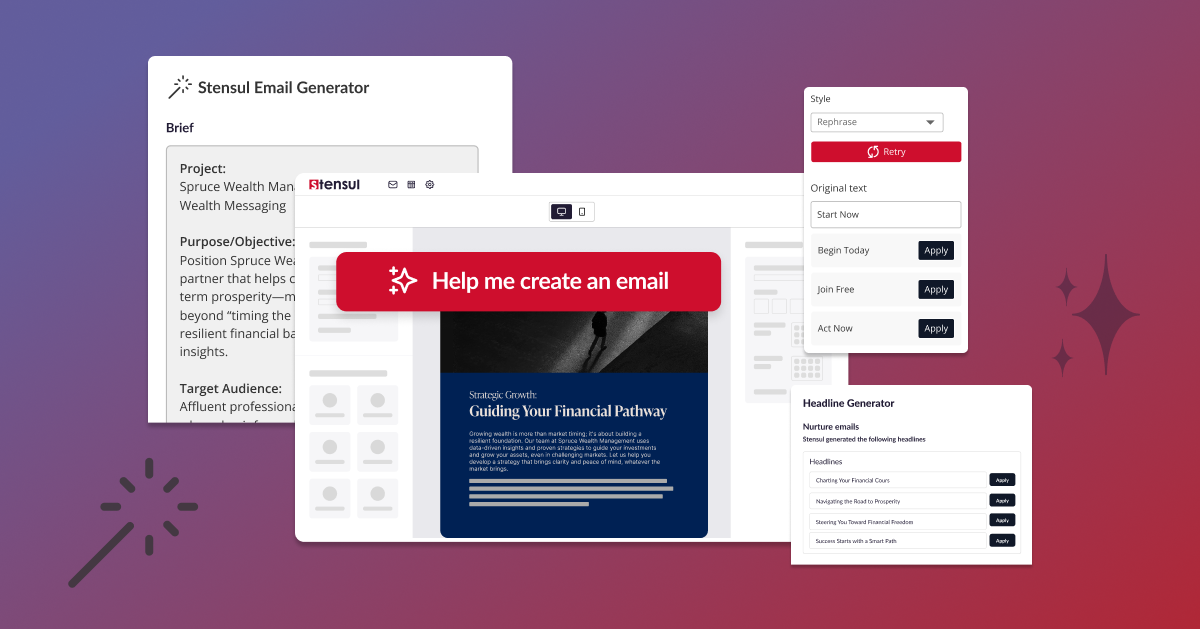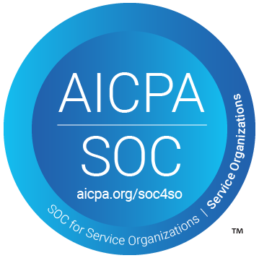The use of technology that encourages and improves collaboration has become ubiquitous—except for email creation. Remarkably, the overwhelming majority of companies create marketing emails today the same way as they were in the 1990s.
That means emails are hand-coded, based on email briefs, prepared by marketers and the efforts of designers and copywriters. Approvals are handled manually, with the email proof moved around via a project management tool, lengthy email threads, or a manila folder carried from person to person—for those who’ve returned to their offices (or remember what it was like). If anyone needs to change or correct something, it goes back to the coder, often multiple times. The potential for bottlenecks is enormous because this process is prone to many back-and-forths, typically involving 12 or more touchpoints. With this method, it’s not uncommon for an email to take more than two weeks from brief to deployment.
That is Phase 1 of the email creation maturity curve. It’s a five-phase model that shows where your email creation process is on the path to efficient, strategic, and, ultimately, optimized performance that impacts your company’s top and bottom lines.
Five phases to optimized performance
Here are the five phases of the email creation maturity model:
- Phase 1: Design-to-Code
- Phase 2: Templates & Modules
- Phase 3: Email Creation Efficiency
- Phase 4: Strategic Email Operations
- Phase 5: Optimized Email Performance
Phase 1: Design-to-Code
The market in which you compete today moves faster than it did in the 1990s—if it even existed then. The customers you’re trying to appeal to are more demanding than those of 20+ years ago. They want experiences that are highly personalized and timely. With Phase 1 taking days to weeks to create an email, the window of opportunity shuts before you even get near it. Whatever efficiency you might be seeing from your email team will evaporate under the stress of a tedious, time-consuming process that can cause even the most dedicated to burnout.
To read about a Phase 1 case example, click here.
Phase 2: Templates & Modules
In a templates & modules workflow, marketers select reusable templates or modules and give them to a developer to update the HTML code they contain. Other production activities follow. Although this approach takes less time than Phase 1, it is still highly inefficient in the same way design-to-code is prone to delays due to an assortment of errors encountered in the flow from email idea to completed asset.
This way of creating emails causes a false sense of confidence. Too often, the thinking is the HTML code isn’t broken, or the branding or legal language isn’t out-of-date or incorrect. It often is, however, and can negatively affect your brand’s reputation or sales performance. On top of that, your email team must spend lots of time inspecting, repairing, and maintaining all those templates and modules. That’s time taken away from higher-value work.
To read about a Phase 2 case example, click here.
Phase 3: Email Creation Efficiency
What distinguishes Phase 3 from the prior two phases is an email creation platform. It brings a level of efficiency not possible with either Phase 1 or Phase 2. Instead of taking a week or two to create an email, an email creation platform cuts the time to minutes.
Rather than specialists working with single-purpose tools in silos, as in Phases 1 and 2, an email creation platform brings all the actions it takes to build an email into a collaborative work environment that’s integrated with relevant technology in your company’s martech stack. This approach speeds up the email creation process and simplifies it, so non-technical people can create quality, always-on-brand emails in little time.
Working in a single, collaborative environment makes all involved in the creation process more efficient, and the emails they create invariably perform more effectively. You’re able to adapt quickly to changing email demands and volumes as well as marketplace opportunities. More important, reaching Phase 3 puts you in a position to become more strategic and a more valued contributor to your company’s drive for success.
To read about a Phase 3 case example, click here.
Phase 4: Strategic Email Operations
Phase 3 gives you the time you never thought you’d have. Phase 4 is all about making the most of that time.
After analyzing thousands of email efforts, Stensul found the time allocation in the first two phases of the email creation curve was 90% creation and 10% strategy. When you add an email creation platform to the process, that relationship flips to 10% creation and 90% strategy.
With an email creation platform, your team goes from being order takers, just trying to keep up, to strategic partners with others in your company. You have the time to conduct A/B tests, analyze the results, refine the strategy, and see better email performance. In addition, you can do things that yield substantial results before emails are deployed. Again, it’s because you have time. For example, you can determine which modules in which templates in the email creation platform are used the most or least often, for what types of email, and which deliver the best results.
In Phase 4, you and your team will come to be seen as more capable and credible. By extension, your urge to embrace email best practices will be taken to heart by those now able to create their emails in the email creation platform.
To read about a Phase 4 case example, click here.
Phase 5: Optimized Email Performance
Phase 5 is the step beyond being strategic. Reach this point on the email creation maturity curve, and your email operation will do more than consistently create exceptional emails—in terms of design, messaging, and effectiveness. At this point on the email creation maturity curve, your operation becomes a competitive advantage for your organization.
Emails are no longer elements tacked on to the end of a planning process. They’re integral and crucial to success. Attaining optimal efficiency, strategic insight, and having the ability to share insights can change how your company approaches, creates, and uses email as well as how it views your operation.
In this phase, email becomes an even more powerful, more cost-effective way to find customers, sell to them, and keep them loyal. Creating emails changes from simply being about deploying them to being a key factor in hitting, if not exceeding, KPIs. For a B2B marketer, it can center on leads and conversions. A retail business may focus on revenue generation. For internal communications, the factor can be engagement.
How optimized email performance made a big impact on sales
The experience of a division of the world’s largest health insurer shows how optimized email performance can make a big impact on sales. With an email creation platform at the center of its email creation process, marketers had regained 200+ hours per month. They had the time to conduct A/B testing and implement personalization efforts. They also examined which templates and modules in their library were superior performers. These actions to optimize performance resulted in a 19% increase in leads and an additional $32 million in sales pipeline, achieved one year after they started to use an email creation platform.
To learn more about the email creation maturity curve and find out which phase your organization is in, download the Stensul eBook, The 5 phases of email creation maturity.




